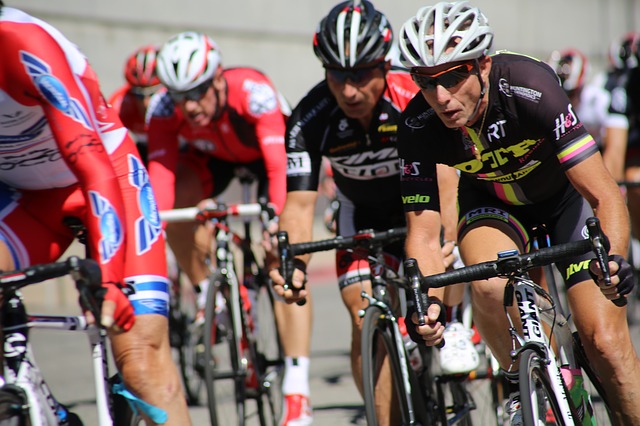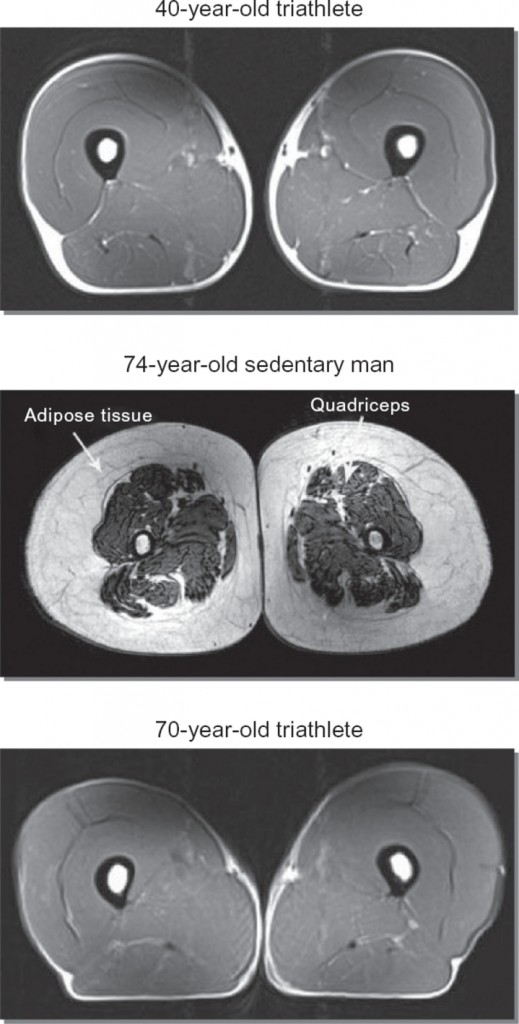When I lived in San Diego, I was amazed at the large numbers of older cyclists who were so fit and speedy that they rivaled many of their younger counterparts. Their sculpted legs certainly didn’t show their real age! I’m living in Ottawa now, and one triathlon series I participate in requires participants write their age on their calf – and again, I’m often surprised at the disconnect between the high number on such a powerful-looking muscle. New research studied the phenomenon of the fit older cyclist, and found that cycling may indeed keep your body younger than its calendar years.

Researchers from College London and the University of Birmingham in the U.K. found that active older people resemble much younger people physiologically. They studied very active cyclists aged 55 to 79, collecting extensive physiological information that typically declines with aging, and found that exercise level has a strong impact on the relationship between ageing and physiological function. (Gretchen Reynolds, New York Times reporting on The Journal of Physiology, 6 JAN 2015 )
You don’t need to be a competitive cyclist to reap rewards: investigators studied “serious recreational riders but not competitive athletes” (men could ride at least 100 kilometers/62 miles in 6.5 hours, and women 60 kilometers/37 miles in 5.5 hours). Although this study was conducted in cyclists, it’s likely that the benefits of activity are similar for other sports.
Here is an impressive image from a study conducted in 2011 looking at how exercise preserves lean muscle mass in masters athletes. Investigators looked at high-level athletes aged 40 to 81 years who trained about 4 to 5 times/week. MRI scans of the athletes’ quadriceps showed that these athletes preserved muscle mass with age, suggesting that muscle mass and strength do not decrease as a function of aging alone, but likely reflect inactivity and chronic disuse of muscles.
